Written by Werner Vermaak
Welcome to Part II of our Stablecoin series, where we’re investigating Libra, what it is, how it was received (hint: not good), how it’s different from Bitcoin, and its chances of success in 2020.
In Part I of our Complete Guide to Stablecoins, we looked at the current landscape of active stablecoins and discussed the history, benefits and biggest names in this young digital asset category.
In Part III: Central Bank Digital Currencies (CBDC), we investigate fiat-pegged digital stable currencies like China’s pending digital yuan.
In Part IV: Big Business Coins, our final chapter, we look at new stablecoins issued by Big Business (JP Morgan, Wells Fargo etc.) and Binance.
TABLE OF CONTENTS
- Inside Libra (Complete Overview)
- Libra vs Bitcoin
- Libra vs Central Banks
- The Future of Libra
- Conclusion
1. Inside Libra: The first “globalcoin?
June 18, 2019 was a watershed moment for the cryptocurrency industry. After months of speculation that helped boost the price of Bitcoin, Facebook finally unveiled their staggeringly ambitious Libra project, backed by several of the biggest tech companies in the world. Interestingly enough, one of the earlier names for Libra was indeed Globalcoin!
What is Libra?
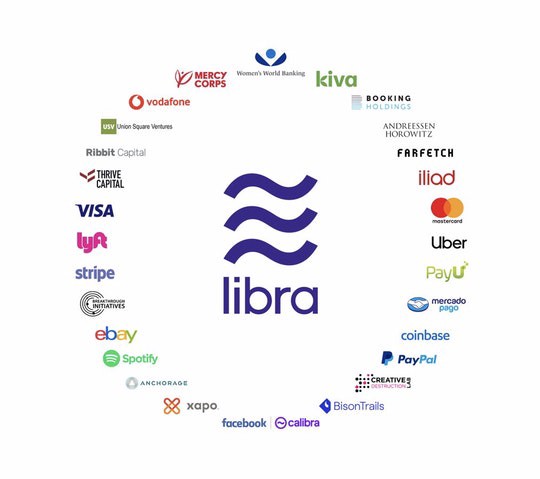
Libra Reserve
Libra is a permissioned blockchain virtual currency that is based on a basket of real-world assets largely dominated by the U.S. dollar. Unlike Bitcoin’s public blockchain, Libra is centralized and its owners can control both its privacy and who is allowed to to participate.
Libra is issued and controlled by the Libra Association, an independent not-for-profit institution that none of its 28 Founding Members (including Facebook) can control individually.
Libra vs Calibra
With Libra’s announcement, Facebook immediately became a focal point for those opposing the project, who feared that this was indeed a “Facebook coin”. This is only partly true.
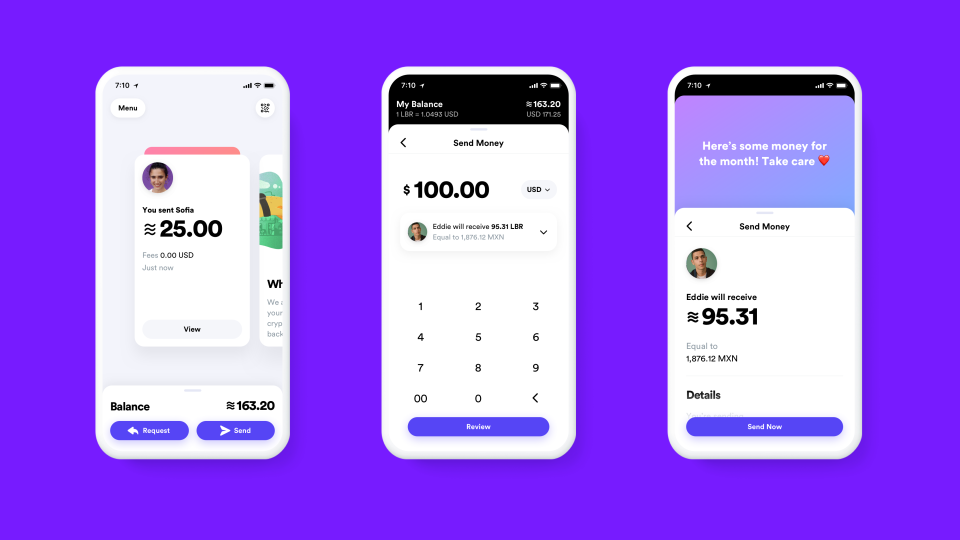
In fact, Facebook will operate within Libra through Calibra, a Facebook subsidiary that provides financial services that govern access and participants to the network. Calibra’s first product is set to be the Calibra digital wallet, a blockchain wallet for Libra.
What is the purpose of Libra?
According to Libra’s whitepaper, the proposed super virtual currency is:
” designed to be a stable digital cryptocurrency that will be fully backed by a reserve of real assets — the Libra Reserve — and supported by a competitive network of exchanges buying and selling Libra. That means anyone with Libra has a high degree of assurance they can convert their digital currency into local fiat currency based on an exchange rate, just like exchanging one currency for another when traveling.”
What are Libra’s objectives?
Interestingly enough, while Libra will start off as a permissioned DLT blockchain, the foundation has also indicated that they will be working closely with the community to establish a permissionless, public network over time.
These are Libra’s overarching objectives:
- To create an open-source community that will help to organically build Libra as a global payments tool
- Scaling the Libra network by adding more validator nodes
- Managing the Libra Reserve and its funds to maintain the real-world value of Libra.
In a Medium post on 25 September 2019, David Marcus, head of the Libra project, said:
“Just like SMTP allowed any email provider to interoperate with other email providers, Libra can be the ‘protocol’ that will enable fast, cheap, and stable money movement across service providers, institutions, and people all around the world.”
The Libra Association
The Libra Association is an independent non-profit member-only organization whose headquarters are strategically located on neutral global ground in Geneva, Switzerland.
Officially, the Libra organization’s mission is to help transform and grow the Libra network, develop social benefits and work with global businesses, communities, and lawmakers to establish Libra worldwide.
Who are Libra’s Founding Members?

At Libra’s unveiling, Facebook announced that the Libra Association would start with a diverse Member Founder core group of 28 influential companies operating in the fields of payments, telecommunication, marketplace, technology, venture capital, blockchain, non-profit and academia. Libra hopes to expand to 100 members before it goes live during the first half of 2020.
The list reads like a Who’s Who of relatively young, more innovative tech companies and includes the likes of Uber, eBay, PayPal, Stripe, Spotify, Vodafone and Coinbase.

Here’s the full list of Libra‘s 28 Founding Members:
Payments: Mastercard, PayPal, PayU, Stripe, Visa Inc.
Technology and marketplaces: Booking Holdings, eBay, Facebook’s subsidiary CalibraFarfetch, Lyft, MercadoPago, Spotify, Uber
Telecommunications: Iliad SA, Vodafone
Blockchain: Anchorage, Bison Trails, Coinbase, Xapo
Venture capital: Andreessen Horowitz, Breakthrough Initiatives, Ribbit Capital, Thrive Capital, Union Square Ventures
Nonprofit and multilateral organizations, and academic institutions: Creative Destruction Lab, Kiva, Mercy Corps, Women’s World Banking
Libra Basket: Which fiat currencies will Libra be pegged to?

Libra will be pegged to a basket of these fiat currencies, according to Engadget:
The US dollar will represent 50 percent of Libra’s pegged assets, followed by the Euro (18 percent), Japanese Yen (14 percent), British Pound (11 percent) and Singapore Dollar (7 percent). Conspicuous in its absence is the Chinese Yuan.
How will Libra be funded?
Each of Libra’s 28 Founding Members has allocated a minimum of USD 10 million each to fund the project.
Libra will be backed by a collection of low-volatility assets, such as bank deposits and short-term government securities in currencies from stable and reputable central banks.”
When will Libra be released?
Libra is scheduled to roll out in the first half of 2020, once the Libra Association is 100 members strong.
2. Libra vs Bitcoin
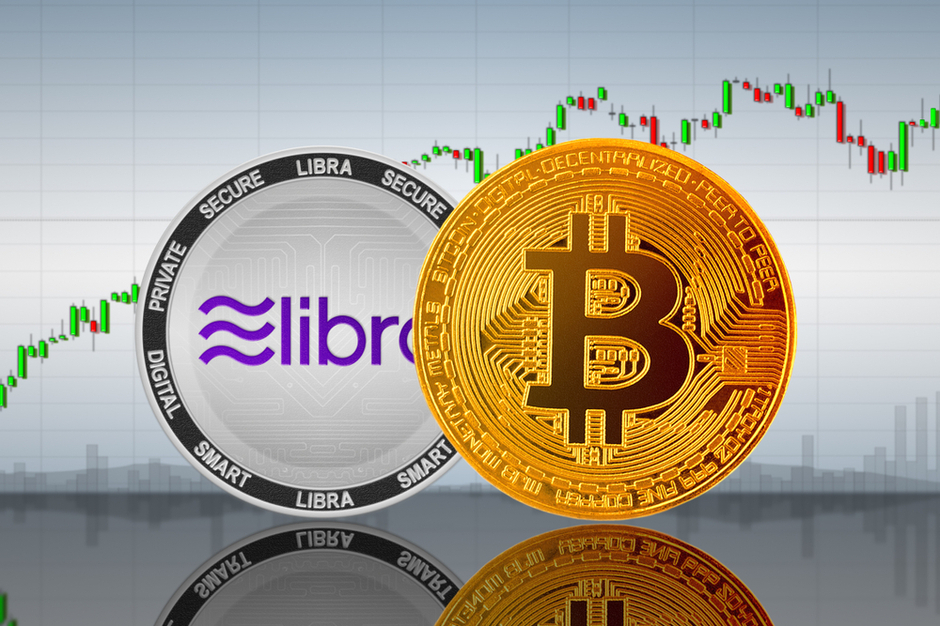
When Libra was announced, it was immediately dubbed the “Bitcoin Killer”. Is that an accurate comparison though?
Instead of Libra decimating the value of Bitcoin, in fact the opposite seemed to happen after Libra’s launch. From June 2019, the price of Bitcoin has been on a tear, going parabolic to nearly $13,000, as a result of positive industry news and the validation that the Facebook coin brought to the crypto industry.
Adios Altcoins?
Instead, it now appears that the so-called altcoin market bore the brunt of Libra’s arrival. Investors, possibly spooked by Libra’s daunting list of members that seemed to permeate every dominated corner of the tech industry and would swallow up many use cases for digital payments, abandoned altcoins in favor of Bitcoin, which is still seen as “digital gold”. Almost every altcoin is currently worth only a fraction of its early 2018 value vis-a-vis Bitcoin.
How are Libra and Bitcoin different?
Here are 7 differences between Libra and Bitcoin:
| BITCOIN | LIBRA |
| 1. Permissionless (public) blockchain | Permissioned (private) blockchain |
2. Completely decentralized | Partly centralized |
3. Trust resides in Bitcoin network to reach consensus | Trust resides in Libra Association as a “central bank”. |
4. High price volatility, based on market conditions | Stabled value, pegged to fiat currencies |
5. Finite supply (21 million BTC max) | Issuance based on demand and supply |
6. Not backed by real-world assets | Backed by real assets |
7. Any party with enough computing power can help govern Bitcoin | Only chosen entities are allowed to help govern Libra |
Since its inception, every Bitcoin transaction has been added to its blockchain, there for the world to see. It’s a trustless network of computers that validate each transaction and ensures that each block is public, immutable and cannot be changed.
Libra, on the other hand, is not a true blockchain as defined by the original Bitcoin whitepaper. It employs distributed ledger technology (DLT) to create a permissioned blockchain that can control who it grants access to interact and validate transactions, and also what data it shares.
This seems to be a temporary measure to ensure stability while the project gets off the ground, as permissioned ledgers are more secure and can scale much faster than public blockchains (less information needs to be distributed to fewer nodes).
IMB Hyperledger to partner with Facebook?
The current leader in enterprise-focused permissioned blockchain technology is IBM, with their Hyperledger suite.
Hyperledger is a global open-source project that aims to make blockchain technologies compatible across different industries. It includes huge financial, banking, supply chain, IoT, manufacturing and other companies and is hosted by the Linux Foundation.
It is important to note that there are many types of distributed ledger technologies, of which blockchain is one. All blockchains are distributed ledgers, but not all DLT’s are blockchains.
In late September 2019, IBM made overtures to Facebook that they were willing to collaborate on blockchain technology.
3. Libra vs U.S. Congress: A future under fire
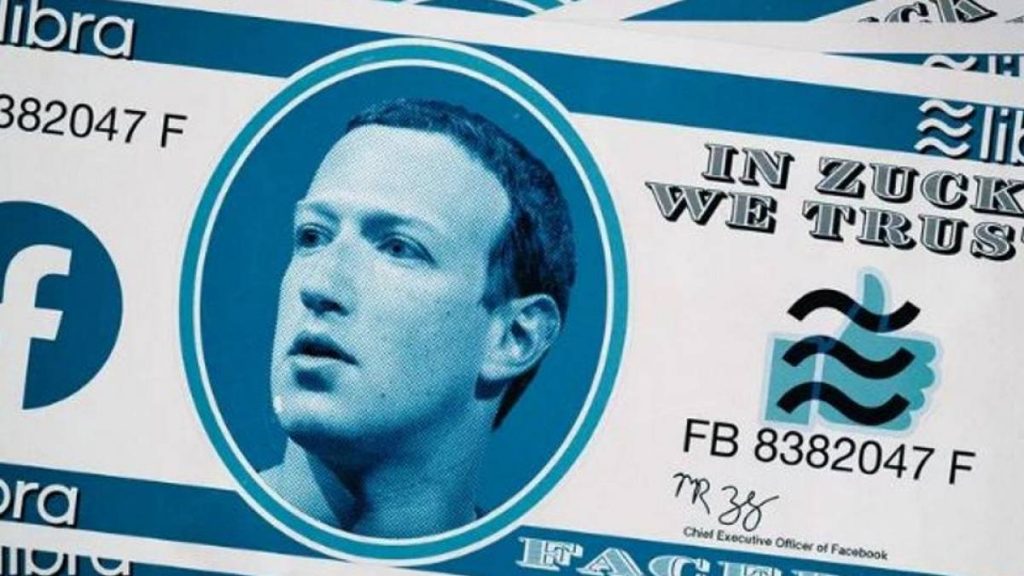
Not surprisingly, Libra met with fierce opposition straight away on both sides of Atlantic, with U.S., European and Asian politicians lambasting its intentions and potential impact.
U.S. Congress takes on Libra
Libra head David Marcus, a French national and former head of Paypal, took an expected public beating in July 2019 when he appeared before the U.S. Congress after being summoned.
For once both crypto die-hards and authorities were all in agreement: they both vehemently opposed the idea of a “Zuck Buck”, but for different reasons which we’ll look at later.
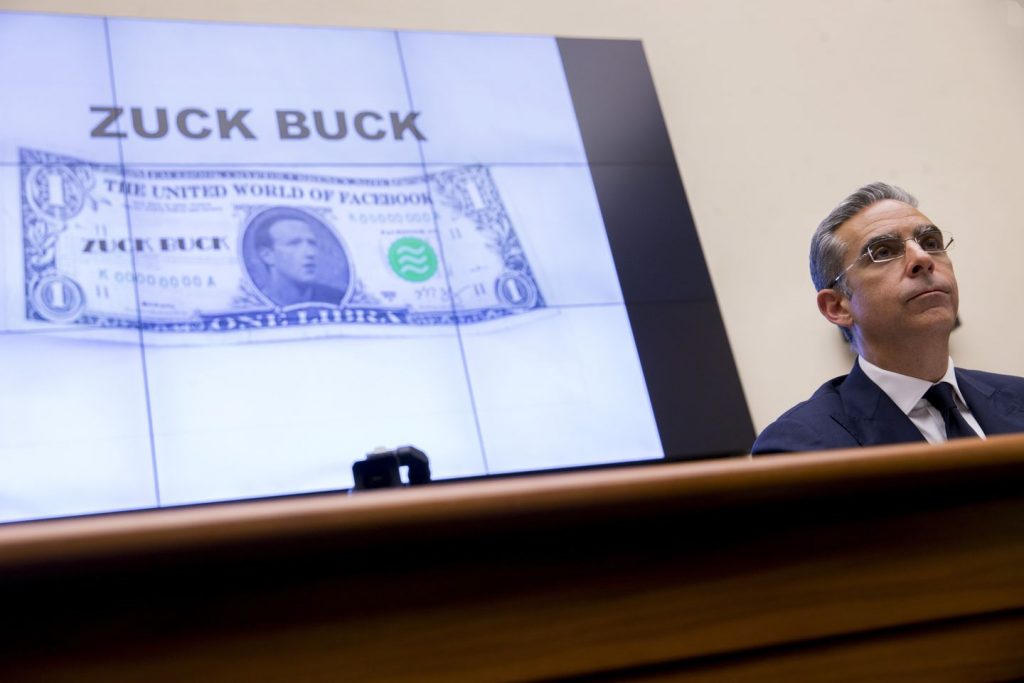
A bipartisan horde of U.S. Congress legislators united to grill him for several hours on the future plans of Libra, Facebook’s abysmal data privacy record and how Libra could potentially erode the global hegemony of the U.S. Dollar.
4. Libra vs Central Banks
The specter of Libra as a globalcoin that slowly kills off national currencies is seen as a real threat by many central banks, who are looking to derail or ban it even before the stablecoin launches.
European Central Bank (ECB) policymakers have mixed feelings over Libra, with senior executives calling it a “wake-up call for central banks”. The ECB feels that while stablecoins could remove the inefficiency of current cross-border retail payments, it will bring a host of monetary policy problems with it.

Both France and Germany, the two most influential countries in the European Union (post-Brexit), strongly oppose Libra’s plans.
Their governments both recently agreed to block its development in their countries, as they fear it might destabilize the Euro and the EU’s monetary policy.
Switzerland’s central bank has expressed its fears that Libra will erode its monetary influence. Japan’s central bank, Bank of Japan, has also voiced its concern and said that a collective global effort must be made to regulate Libra to the highest standards.
The People’s Republic of China made it clear very early on that they would not tolerate a U.S.-centric, privately developed stablecoin to operate within their borders. null
The Future of Libra
Despite all this, the Libra project soldiers on. This week, Libra chief David Marcus met with central banks in Basel, Switzerland to discuss Libra’s plans in more detail. The meeting was chaired by the European Central Bank. Libra is also set to collectively soon meet with 26 central banks, including the U.S. Federal Reserve and Bank of England behind closed doors.

In late September 2019, David Marcus said on social media that central banks have nothing to fear from Libra because it will be fully backed by real-world fiat currencies and doesn’t aim to replace existing currencies like the greenback or Euro.
Will Libra launch in 2020?
With political pressure mounting from all corners of the globe, Mark Zuckerberg has himself recently admitted that Libra might never see the light of day due to the barrage of opposition from mostly U.S. and European lawmakers. The Facebook CEO has insisted that he will not launch Libra without the blessing of the U.S. government.
While Libra was initially scheduled for the first half of 2020, Zuckerberg said on 26 September 2019 that there was no time schedule for the launch of Libra and that they were taking things slow as the stablecoin was “very sensitive for society”. It could even take several years if needed.
“Obviously we want to move forward at some point soon [and] not have this take many years to roll out. But right now I’m really focused on making sure that we do this well.”
Libra’s payment partners are reconsidering
It was reported at the beginning of October that payment giants Paypal, Visa, Mastercard and Stripe, all paid-up members of Club Libra, are said to be losing confidence in the project and are reconsidering their continued involvement with Libra. This comes in the wake of the deluge of sustained regulatory and central bank criticism and red tape. The payment companies are worried that they will be dragged in a prolonged public confrontation with authorities that will hurt their businesses.
Conclusion
While Libra promises to make the world a better, more efficient place, this is also the brainchild of a company that once proudly carried the motto ” Move fast and break things” and has an abysmal data privacy record.
Irrespective of whether it ever makes it to market, Libra has shaken the world’s financial leaders and hastened the global introduction of blockchain and digital assets in every country.
Libra has validated the application of blockchain technology as a viable means to create a truly global currency, and this has now caused leading countries to enter an arms race to develop their own digital currencies. Move fast and break things indeed.
Just like the vision of a free Internet which quickly became corrupted by the increasing power that booming tech giants like Facebook, Amazon and Google lapped up, stablecoins can become a way to further restrict the freedom of people by exerting greater control over citizens’ finances and solidifying invasive “social credit” systems.
That’s it for Part II. In Part III, we investigate the new class of “super” stablecoins that will soon be released by central banks, crypto exchanges and large multinational corporations and what we can expect from the likes of Binance’s Venus project and the People’s Bank of China’s new digital yuan.
Disclaimer: CoolBitX does not endorse and is not responsible for or liable for any content, accuracy, quality or other materials on this page. Readers should do their own research before taking any actions.
CoolBitX is not responsible, directly or indirectly, for any damage or loss caused by or in connection with the use of or reliance on any content, goods or services mentioned in this guide.



